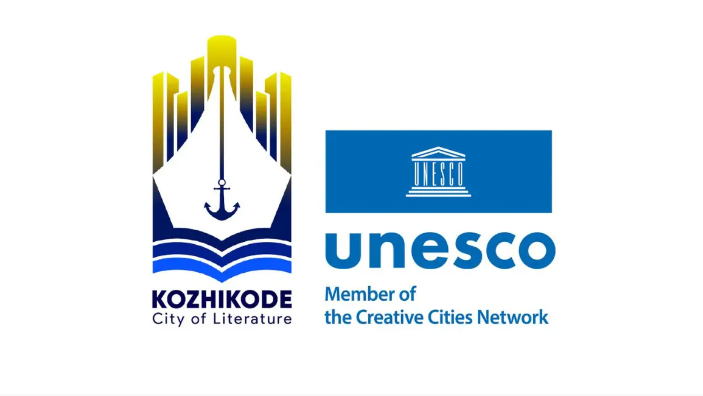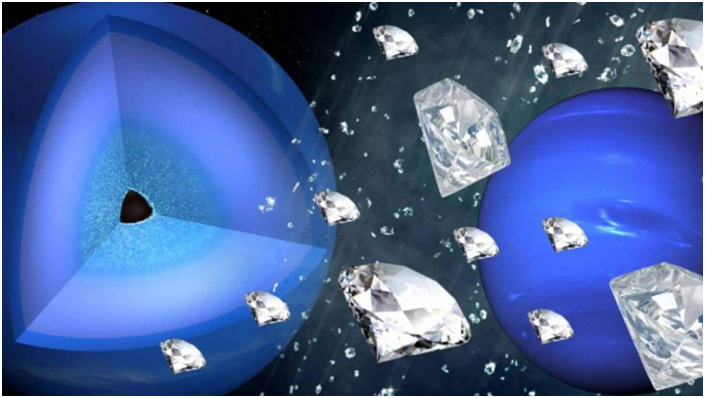Three Indian cities join UNESCO learning cities network (GS Paper 2, International Organisation)

Why in news?
Warangal and two cities from Kerala have joined the UNESCO Global Network of Learning Cities (GNLC) in recognition of their outstanding efforts to make lifelong learning a reality for all at the local level.
New additions:
- Warangal in Telangana, Thrissur and Nilambur are among the 77 cities from 44 countries which have joined UNESCO GLNC.
- Other cities that have joined the network are the Ukrainian capital Kyiv, Durban in South Africa and Sharjah in the United Arab Emirates (UAE) among others.
What is UNESCO GLNC?
- UNESCO GNLC is an international network consisting of cities that successfully promote lifelong learning across their communities.
- It includes 294 cities from all around the world that share inspiration, know-how and best practice among each other.
Criteria:
- A strong commitment to lifelong learning by the mayor and city administration and a track record of good practices and policy initiatives are key prerequisites for becoming a learning city
- The Network supports the achievement of all seventeen Sustainable Development Goals (SDGs), in particular, SDG 4 (Ensure inclusive and equitable quality education and promote lifelong learning opportunities for all) and SDG 11 (Make cities and human settlements inclusive, safe, resilient and sustainable).
Chhattisgarh govt prepares 9 sites under Ram Van Gaman circuit
(GS Paper 3, Infrastructure)
Why in news?
- A year after unveiling the 51-foot-tall statue of Lord Ram and inaugurating the first phase of the Ram Van Gaman tourism circuit in Chhattisgarh, nine sites are being revamped to boost pilgrimage tourism.
Background:
- Under this, at least 25-foot-tall statues on 16-foot-tall platforms will soon be installed at other sites in the state as well.
- Chhattisgarh will become the only state to have installed nine statues of Lord Ram.
It all began in 2021 when the concept plan for the tourism circuit by the Chhattisgarh Tourism Board amounting to Rs 148.99 crore was initiated.

Why is Lord Ram revered in Chhattisgarh?
- Ayodhya is the birthplace of Lord Ram, but Chhattisgarh is his Karmabhoomi. During the difficult exile of 14 years, he took shelter in Chhattisgarh.
- It is believed that during the exile period, while travelling from Ayodhya to Prayagraj, ChitrakootSatna, Lord Ram reached DakshinKosal i.e. Bharatpur in Koriya district of Chhattisgarh and crossed the Mawai river and entered Dandakaranya.
- After reaching Sitamarhi - Harchouka, which was a natural cave temple built on the banks of river Mavai, he took rest.
- To develop important places for pilgrimage tourism, in the first phase, nine sites - Sitamarhi - Harchowka, Ramgarh (Sarguja), Shivrinarayan - Kharaud (Janjgir-Champa), Turturia (Balodabazar), Chandkhuri (Raipur), Rajim (Gariaband), Saptarishi Ashram - Sihawa - Nagari (Dhamtari), Jagdalpur (Dalpatsagar, Chitrakot, Tirathgarh, Bastar) and Ramaram (Sukma) - have been marked.
Way Forward:
- The entire project is slated to be completed by 2023.
Exotic diamond rains on Uranus and Neptune
(GS Paper 3, Science and Tech)
Why in news?
- Recently, scientists have discovered the presence of oxygen, which makes diamond formation more likely, as they investigated the process that more closely resembles the chemical makeup of Neptune and Uranus.
Key Highlights:
- It has revealed that diamond rains on planets are more common than previously thought and that this exotic precipitation is boosted by oxygen, which reveals a new path to make nanodiamonds on Earth.
- Researchers have concluded that this unique rainfall could be more common on ice giant planets than thought.
The extreme conditions inside ice giants such as Uranus and Neptune can result in peculiar chemistry and structural transitions like precipitation of diamonds or superionic water.

Concept of diamond rain:
- Researchers in 2017 observed “diamond rain” for the first time as it formed in high-pressure conditions, the same as that experienced on Uranus and Neptune.
- It is the extremely high pressure, which squeezes hydrogen and carbon found in the interior of these planets to form solid diamonds that sink slowly further into the interior.
Research work:
- Researchers used PET plastic, which is regularly used in food packaging, and plastic bottles, to reproduce the composition of these planets more accurately.
- They turned to the high-powered optical laser at the Matter in Extreme Conditions (MEC) instrument at SLAC’s Linac Coherent Light Source (LCLS) and created shockwaves in the plastic.
- Using X-ray pulses, they analysed the changes that the plastic went through from the shockwaves and watched as the atoms of the material rearranged into small diamond regions.
- The team then measured how fast and large those regions grew and found that these diamond regions grew up to a few nanometers wide.
Outcome:
- Analysis revealed that it was the presence of oxygen in the material, which triggered the nanodiamonds to grow at lower pressures and temperatures than previously observed and estimated that diamonds on Neptune and Uranus would become much larger than the nanodiamonds produced in these experiments.
Indias first nasal COVID vaccine
(GS Paper 3, Science and Tech)
Why in news?
- India may have a game-changer on its hands with the Drugs Controller General of India (DCGI) approving Bharat Biotech’s intranasal COVID vaccine for restricted emergency use for those above 18.
Bharat Biotech’s ChAd36-SARS-CoV-S COVID-19 (Chimpanzee Adenovirus Vectored) recombinant nasal vaccine was approved.

How does it work?
- Bharat Biotech’s nasal vaccine uses a chimpanzee cold virus to deliver a harmless copy of the coronavirus spike protein to the lining of the nose.
- The theory behind delivering the vaccine through intranasal route is that both influenza and COVID-19 follow the same pattern of infection – nose and mouth route into the lungs.
- It has been specifically formulated to allow intranasal delivery and has been developed in partnership with Washington University St Louis, which had designed and developed the recombinant adenoviral vectored constructs and evaluated them in preclinical studies for efficacy, as per the report.
What are its advantages?
- As the vaccine is easy to administer as it is non-invasive and does not require trained health care workers.
- It further eliminates needle-associated risks such as injuries and infections, has higher compliance and is scalable as far as manufacturing is concerned.
- Other advantages including the fact that the sprays don’t need to be refrigerated and don’t need to be administered by health professionals.
Trail outcomes:
- Bharat Biotech completed clinical trials of the nasal vaccine with about 4,000 volunteers and there is no side effect or adverse reaction reported so far.
- Bharat Biotech in August after completing the phase-III and booster dose trials for its intranasal Covid-19 vaccine, said it had conducted two separate trials for its intranasal Covid vaccine – one as a primary dose schedule and another as a booster dose, for subjects who have been double vaccinated with the two commonly administered Covid vaccines in India.
- The data from both Phase III human clinical trials have been submitted for approval to national regulatory authorities.
What’s next?
- If approved, this intranasal vaccine will make it easier to deploy in mass immunisation campaigns with an easy to administer formulation and delivery device. Vectored vaccines also enable faster development of targeted vaccines in response to emerging variants of concern.
Any injectable vaccine only protects the lower level (of the body). That’s why people vaccinated with injectable vaccines may still get RT-PCR positive, whereas the nasal jab protects the whole body.





